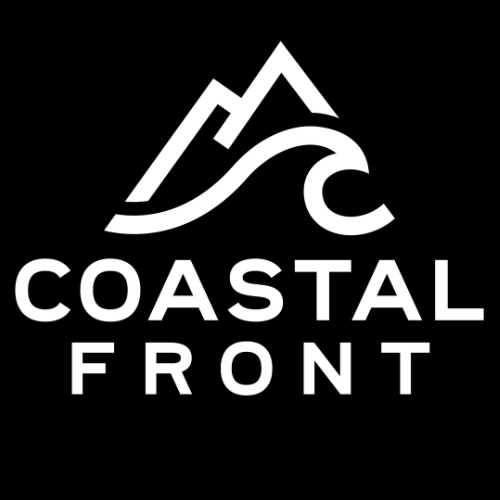BC pledges $12M for Indigenous language revitalization, lacks plan to measure success
(Image courtesy of CBC)
In the 2025 BC Budget released in March, the provincial government pledged $15 million per year to the First Peoples’ Cultural Council (FPCC) to support “First Nations languages, heritage, arts and cultural programming.” Of this $15 million, $12 million will be given to addressing “the growing demand for language revitalization, and it will provide critical jobs for speakers, particularly Elders and First Nations’ women.” The funding is defined as “ongoing.”
Commitment to reconciliation
Under the BC NDP, the government has pledged itself to advancing Indigenous causes and initiatives. They passed a law in 2019, with unanimous support from the other parties, to adopt the principles of UNDRIP, or the UN Declaration of Indigenous Peoples, which required every future BC law to comply with the declaration, the first of its kind in Canada. Other actions have involved the Indigenous Justice Strategy to reduce Indigenous criminal justice discrimination, the Indigenous Health and Wellness Strategy to reduce Indigenous discrimination in healthcare, and designating September 30 as “Truth and Reconciliation Day,” in alignment with the federal government.
Dedication vs. fiscal prudence?
While these policies and strategies align with the BC NDP’s aims of reconciliation, some, such as Indigenous language revitalization, present some financial questions. For instance, in 2018, BC allocated a $50-million grant to the FPCC to help revitalize Indigenous languages in British Columbia. According to a 2018 FPCC fact sheet, there were 13,997 active learners of Indigenous languages. A 2022 FPCC fact sheet revealed that the number in four years grew to 17,103. In other words, the government spent $50 million to bring in 3,106 new learners, which comes out to $16,098/learner. In contrast, the total tuition for a four-year carpentry apprenticeship program at BCIT amounts to $4,570.
There is also no clear metric to define what a learner is. While there is a Language Status Assessment to understand, plan, and track the health of the languages, there is no direct linguistic proficiency testing to see if an Indigenous learner has become fluent.
BC also spent the most on Indigenous relations out of all the provinces.
Information retrieved from the respective provincial governments.
Decisions, decisions
It is no secret that BC has been facing financial issues lately, and the BC government has pledged to address them. While it is important to help Indigenous British Columbians, and no one is doubting the troubling legacy of residential schools and other policies taken by the Canadian government to hurt and erase Indigenous culture from Canada, the question of whether the BC Indigenous Language program should be done at $16,098/learner is one to ponder.



